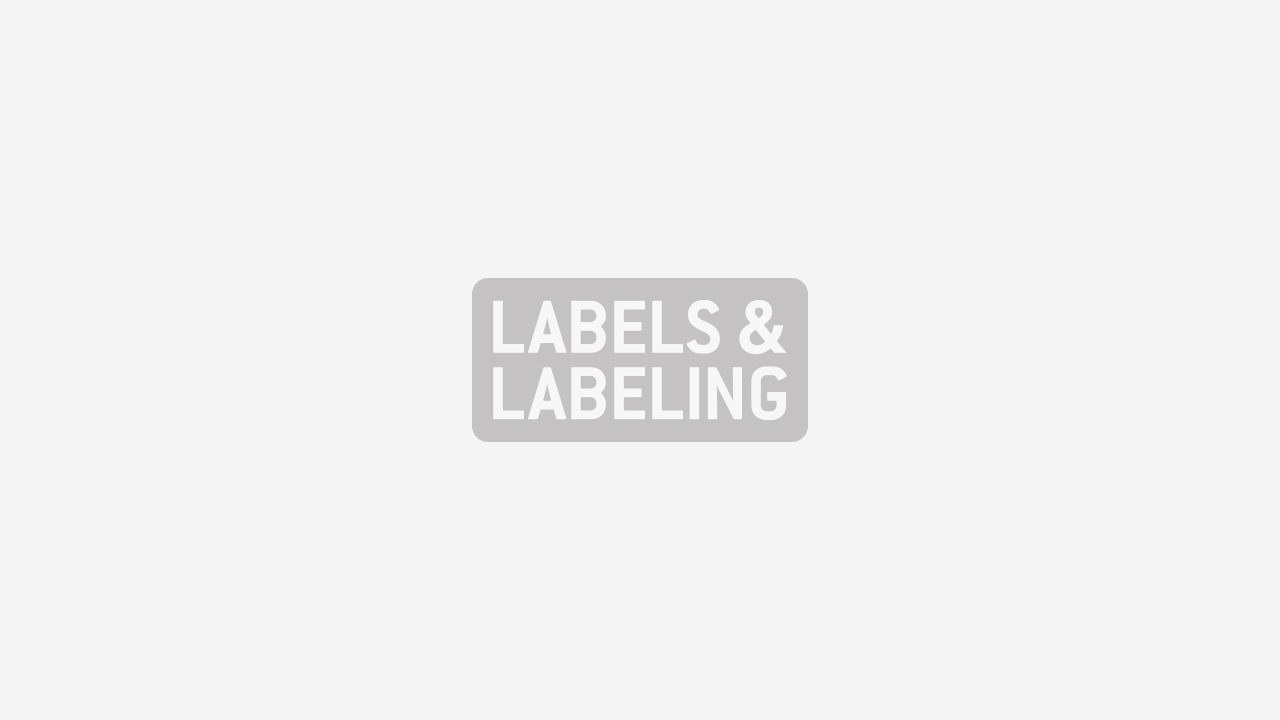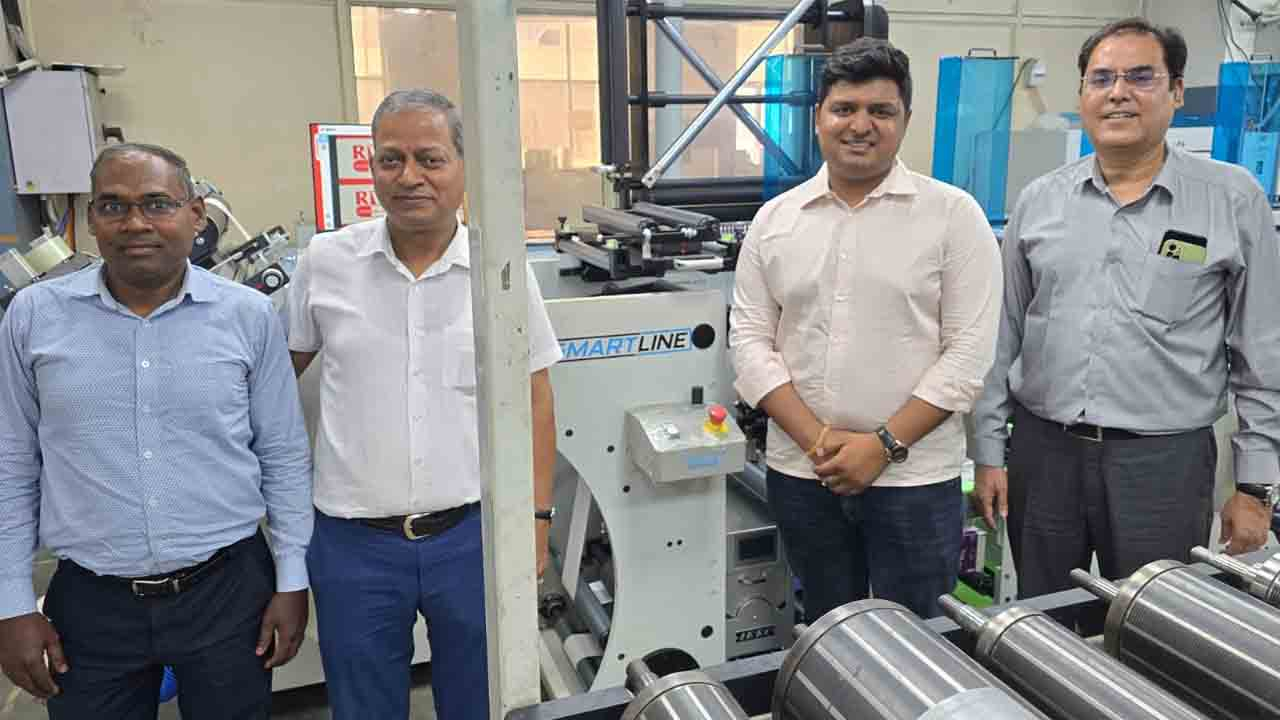The role of package printing in brand protection

Package printers can play a vital role in brand protection. Mike Fairley looks at the challenges, opportunities and solutions for printers and converters to develop anti-counterfeiting solutions
Annual global losses through counterfeiting have recently been estimated to be as high as 600 billion dollars – a staggering sum. This figure includes lost revenues to brand owners, lost government taxes, lost jobs at product manufacturers, and death or injury of hundreds of people each year due to products such as fake medicines, fake and faulty electrical goods, counterfeit and dangerous car components.
Indeed the list of counterfeit products today is extensive. In a recent study by the Organization for Economic Co-operation and Development (OECD) it was estimated that pirated products worldwide cost companies over 250 billion dollars – a rise of more than 53 percent above the 2007 figure.
In recent counterfeiting and piracy studies it has been shown that the pharmaceutical, medical and cosmetics industries have posed a particularly high risk to the public − often because of ineffective filling agents instead of genuine, more expensive medical substances; and cheap ingredients instead of high-quality cosmetics agents.
Indeed, according to the World Health Organisation, counterfeit or fake medicines can have active ingredients missing or the product be adulterated with toxic substances, or with ingredients that clash with other medicines. This has significant cost implications for drug manufacturers, pharmacies, medical insurance companies, hospitals and health services.
But it’s not just counterfeit and fake medicines that are at issue. Counterfeiters will target almost any products that have a value to them, and which can be sold through street markets, car boot fairs, on the internet, or in bars and clubs. Products and goods include:
The role of package printing in brand protection sports and other clothing, footwear, perfumes, automotive parts, toys, electrical goods, games and business software, fashion accessories, and many other items.
What’s interesting for the label and packaging industries is that a great many of the genuine products are extensively labeled and packaged to make them attractive to buyers in the retail environment. So, apart from the counterfeit products, the counterfeiters also have to counterfeit the labels and packaging − and even the guarantees and warranty documents for some products.
Just look at some of the ways that counterfeiters and pirates work:
| They counterfeit the entire product and the packaging and labeling
| They counterfeit packaging and labeling only, to enable reject or out-of-date products to be re-packaged and passed-off as genuine
| They re-use genuine packs/labels with counterfeit products
| They use an unauthorized look-a-like or registered brand name with a counterfeit product
| They counterfeit ownership/sale documents – including guarantees
| They even counterfeit instruments of payment, i.e. cheques, credit and debit cards
The obvious question that arises from all of this is: ‘Why don’t the brand owners, packaging printers and label converters work more closely together from the very beginning to build brand protection and security features into the packs and labels at the early design stage?’ Is it a lack of understanding of what can be done, or worries about cost considerations, or simply not talking at an early enough stage? After all, packs and labels have to be designed, printed on a substrate, with inks, by different printing processes, finished in different ways, and packs closed or labels applied.
Every one of those steps has the possibility of building-in security and brand protection features. So what can the label and packaging industries − and brand owners − do to authenticate products better, reduce counterfeiting, enhance brand security and minimize theft or product tampering?
Well, wherever possible, they should look to build counterfeit deterrence, product authentication and brand protection technologies into the design of the label or pack from the very beginning. They should aim to combine different (low and higher-cost) technologies to provide the most cost-effective overall solutions. If possible, they should look to make each label/pack unique. Then, once a pack or label has been developed with security/brand protection features they need to keep ahead of the counterfeiters by changing the solutions and technologies they have used on a frequent basis.
Part of the challenge for packaging printers is that few of them are aware of the wide range of security technologies and solutions available to them. Some solutions are only available under licence or restricted usage; some require special readers; some require specialized equipment to produce; and some are probably too expensive to use on consumer products.
Nevertheless, there are still hundreds of possible options, either on their own or in combination.
Put together, the possibilities for label and package printing companies to offer anti-counterfeiting solutions to their customers is extremely diverse and includes security designs and backgrounds, security substrates, security inks, varnishes and coatings, security printing and converting, sequential coding and numbering, Optically Variable Devices (OVDs) – primarily holograms −optically variable inks, films and coatings, server-based authentication systems (such as Krypsos) and newer innovations such as bio-codes, DNA, RFID and other ‘smart’ label or ‘smart’ packaging solutions.

An ever-more sophisticated and ingenious range of security design features have been developed in recent years, many of which − such as :Secuseal (pictured above) are finding applications in brand protection, anti-counterfeiting and security labeling.
This particular feature is an Agfa Graphics dedicated design and verification tool for designers, label and package printers and producers of counterfeit-sensitive products such as pharmaceuticals, tobacco products, luxury goods, perfumes, and liquors, which generates complex security designs and patterns that will make counterfeits recognizable and traceable.
Then, there are security substrates, which have been developed to include one or more special identification feature, such as chemicals, metallic strips, taggants, security threads, colored fibers, reactive dyes or watermarks that will assist in detecting fraud and preventing counterfeiting.
Security inks, varnishes and coatings are a good medium to provide authentication and brand protection on labels and packaging because almost all packs and labels will be subjected to a printing process of some sort. Therefore, inks that will provide some kind of special security or authentication feature(s) can offer an effective solution to security problems.
Close co-operation at an early stage between brand owners, designers, printers and a specialist security ink manufacturer can be a cost-effective way of protecting packaged and labeled goods. Many of the security inks can be printed by most printing processes, although not all printing processes are suitable for every variation of security ink.
Many converters will also be aware of hologram (Optically Variable Devices or OVDs) solutions that have become powerful tools in the prevention of counterfeiting of packaging, labels and tags. Both overt and covert machine readable features, variable data and unique serial numbering, can also be incorporated.
Holograms offer a wide variety of different features that can be matched to different levels of security requirements, from those used in relatively low-cost applications, such as labels and packaging, up to more sophisticated security methods used to protect currency. Easily identifiable holograms are primarily used for first-level identification devices, and are designed to enable successful authentication at point of inspection.
New developments in pack security features are also coming from the digital press manufacturers who are able to offer security design features, sequential coding and numbering, new ink solutions, hidden images and much more. Further developments are in the pipeline for launch at Labelexpo and Drupa.
While not wishing to review every kind of security and brand protection technology, it can already be seen that discussion at an early stage between brand owners, designers, printers and security solution providers can frequently offer cost-effective solution − particularly if some basic guideline rules are adopted.
First, aim for the highest possible level of security with optimum cost. Second, look to combine low and high security elements to enhance protection, for example, by printing a sequential number over a hologram. And third, use different types of security technologies to maximize counterfeit protection.
All packaging requires the use of design, ink, substrate, and various converting processes that include varnish, lamination, and holograms, to name but few. Each of these elements and stages in production offer opportunities for security features to be added.
Currently, it appears that few package printers are aware of the wide variety of security options available, and consequently are unable to suggest them to their customers as a means of enhancing brand protection.
Little wonder then, that the counterfeiter continues to thrive.
Stay up to date
Subscribe to the free Label News newsletter and receive the latest content every week. We'll never share your email address.

